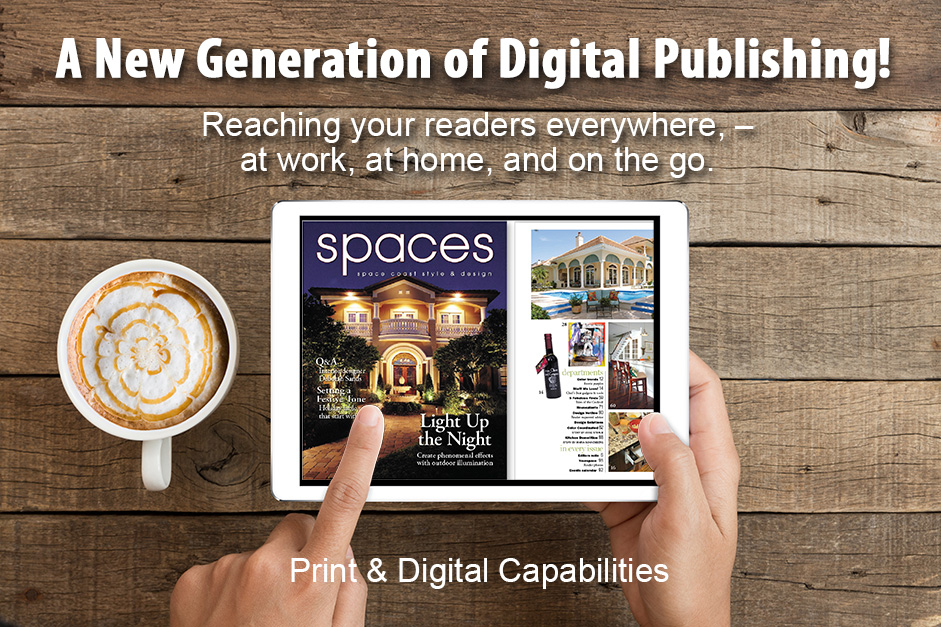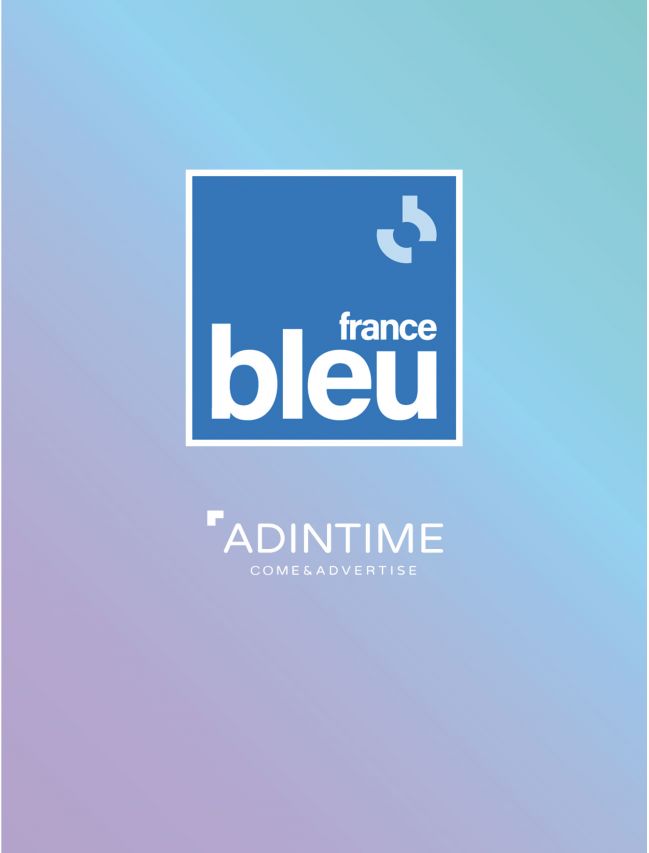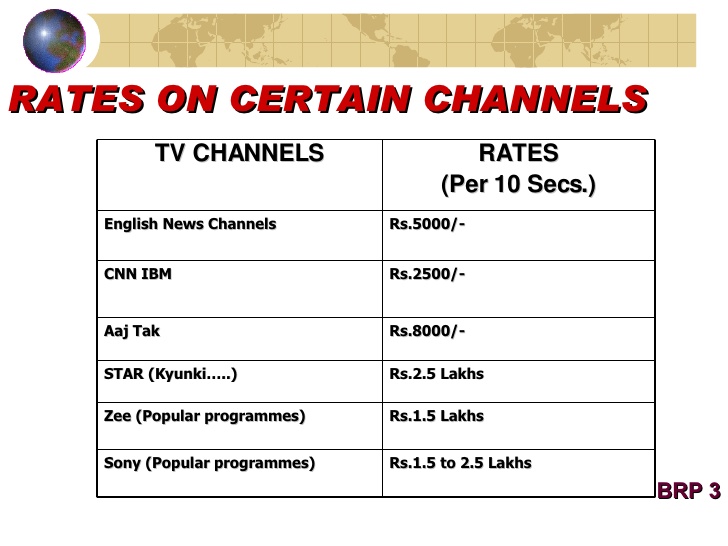
There are many aspects to be aware of when comparing poor print ads to good ones. A print ad that stands out can make a brand stand apart from its competitors and give consumers valuable information. These details can include product features, benefits, pricing, and other information. Bad print ads are those that fail to grab attention or don't fulfill the promised promise.
A costly campaign can lead to poor print ads design. A company can spend thousands on an ad and then have its message misinterpreted. Advertising campaigns for multiple products have been some of the most damaging examples of this type misplaced advertising. It makes sense to properly advertise products if a company is willing to go the extra mile.

Great print ads can be imaginative, innovative, or just plain clever. KRAFT's ad for cheese is one of the most memorable examples of a quality print ad. It's a clever and cute advertisement. The company shows in the ad that their cheese has extra calcium. Another example is the Marmite ad. This is an example of a Marmite ad. It's a popular condiment that has seen a lot of success over the years.
Other aspects of a good print ad design include clever photography, catchy headlines, and the ability for your ad to grab attention. All these elements may seem unnecessary, but they are crucial if you want your goals to be met. There are many other elements that make a print ad a great one, including the message and presentation.
German Persil's ad was a refreshing antidote for the harsh advertising. The ad's most notable feature was the friendly guy in front of the camera. Other innovative features included the tagline "Good night," and clever language use. The ad was quickly deleted for perpetuating gender stereotypes.
While there are plenty of creative print ad designs to choose from, the most successful ones are the ones that catch the eye of the reader in the first place. A good ad will be more memorable than a poor one, and the most important metric in advertising is the number of conversions. Unfortunately, perfect ads are not always possible. Unfortunately, even though a bad advertising campaign is not the best, it's possible to prevent one from happening.

You can also explore other great ad design options. If you can find the perfect balance of creativity and functionality, your ad can be a winner. This design can even be used to promote a product or service. You can promote new products or existing products. Your customers will notice that you are serious about what you do.
FAQ
What do you need information about print advertising
Print advertising is an effective medium for communicating with consumers. Many companies use print advertising to promote their products. Its main purpose is to grab the attention of consumers.
Print ads are usually short (one page) and contain text, pictures, logos, and other graphics. Print ads can also contain sound, animation, videos, and hyperlinks.
The following categories are the most common types of print advertisements:
1. Brochures - These are large format printed pieces designed to attract people into stores. They often have colorful pictures and eye-catching designs.
2. Catalogues are smaller versions than brochures. These are often sent to customers who have asked for information on particular items.
3. Flyers - These small pieces of paper are distributed at events like fairs and concerts. They are generally free but must be paid for if they are handed out at retail outlets.
4. Posters – These are larger versions than flyers. They are often displayed on walls, fences, or buildings. They are typically created using computer software programs that aim to attract the attention of passersby.
5. Direct mail - These are letters or postcards that are sent directly to potential customers. These are sent out by companies to remind customers about their business.
6. Newspaper Ads are placed in newspapers and magazines. They are usually very long and contain text and images.
How much does it take to advertise on social networks?
Social media advertising is expensive if you choose to take this route. You will be charged monthly depending on your time on each platform.
Facebook - $0.10 for 1,000 impressions
Twitter - $0.20/1000 impressions (if applicable)
Send out invitations on Linkedin for $0.30 per 1000 impressions
Instagram - $0.50/1000 impressions
Snapchat - $0.60 for 1,000 impressions ($0.40 Per User)
YouTube - $0.25/1000 views
Tumblr – $0.15 per 1000 impressions for text postings
Pinterest - $0.05 per 1,000 impressions per month
Google+ - $0.15 to $0.0.20 per 1,000,000 impressions
Tumblr: $0.15-$.20 per 100,000 impressions
Vimeo - $0.20-$0.25 per 10,000 impressions
Soundcloud - $0.20 to $0.0.25 per 1 Million Plays
StumbleUpon - $0.20 -$0.25 per 1 billion pageviews
Digg – $0.20 - 0.25 per 1000 diggs
Reddit $0.20-$0.25/1000 comments
Wordpress - $0.20--$0.25 per 500 comments
Flickr - $0.20 -- $0.25 per 5,000 photo uploads
Is it possible for traffic to be free?
The traffic that is free comes from organic search results and does not require you to pay for ads. This type is known as natural, or organic traffic. You can get traffic free of charge by using article marketing, social media marketing and blogging.
Article marketing is one of the most effective ways to get free traffic. This is because it has a very low cost per click (CPC). Paid ads are more expensive than the CPC. Article marketing is also called content marketing.
Social Media Marketing - Social media sites like Facebook, Twitter, and LinkedIn allow you to promote your business through advertising. These sites allow you to update, share photos, and develop relationships with people who could become customers. Many businesses choose to buy ad space in social media because they want a wider reach at a reduced price.
Blogging - Another great way to generate traffic is blogging. High quality content will draw people to your blog. You can start to monetize your blog with the sale of products or services after you have attracted readers.
Email Marketing: Email marketing is a proven method to increase traffic to your website. It is a great way to increase your subscriber base and sell products.
What are the basics of radio advertising?
Understanding how different media interact with each other is crucial. All media forms can be considered complementary, rather than competing.
Radio advertising can be extended to television. It enhances television by reinforcing important messages and providing additional details.
For radio listeners, TV commercials can often be too long. Radio ads tend to be shorter and more affordable.
What is branding?
Branding is how you convey who you really are and what you believe in. It is how people remember your name.
Branding is about creating a memorable brand identity for your company. A brand is more than just a logo. It includes everything from your physical appearance and the voice of employees.
Because they are confident they will get what they want, a strong brand can help customers feel more comfortable buying from you. Customers feel confident in choosing your products to those of their competitors.
Apple is an example of a well-branded business. Apple's brand is well-known for its stylish design, high-quality products and outstanding customer support.
Apple's brand has become synonymous with technology. Apple is what people think about when they see a smartphone, computer or tablet.
Before you launch a new business, it is worth creating a brand. This will give your business a personality and face.
What is the primary purpose of advertising?
Advertising is more about connecting with customers than just selling products.
Advertising is about communicating your ideas and values to people who already care about what you have to say. Advertising is about changing minds and attitudes. And it's about building relationships.
It's about helping people feel good about themselves.
You can't sell to your customers if you don’t know their needs.
Before you begin any advertising campaign, it is important to understand your customers' needs, wants, and buying patterns.
This allows you to design ads that resonate well with them.
Why not use social media advertising for your business?
Social Media Marketing allows you to reach customers right where they are, via social networks like Facebook, Twitter, LinkedIn and YouTube. You can also target specific groups within these networks using keywords.
Because this advertising method costs less online than traditional methods, it's more cost-effective. This allows you to establish strong relationships with current and future clients.
It is simple to get started using social media for your business promotion. You only need a smartphone or computer and internet access.
Statistics
- In 1919 it was 2.5 percent of gross domestic product (GDP) in the US, and it averaged 2.2 percent of GDP between then and at least 2007, though it may have declined dramatically since the Great Recession. (en.wikipedia.org)
- This means that at least 50% of an ad needs to be shown on the screen for at least one second. (quicksprout.com)
- Google will display whichever ad type (CPM or CPC) is expected to earn more revenue for the publisher, which is in Google's best interest since they take a 32% share of the revenue. (quicksprout.com)
- Worldwide spending on advertising in 2015 amounted to an estimated US$529.43 billion. (en.wikipedia.org)
External Links
How To
How to advertise on Facebook
Facebook is one the most used social media platforms in the world. Facebook is used every month by an estimated 1 billion people. This makes Facebook one of the largest companies in the world. Facebook's unique features such chat, video calling, games and others are why it is so popular. Facebook accounts allow users to share photos, comments, send messages, play video games, and watch videos. Facebook allows businesses to advertise. Advertisements can be text ads, banner ads or sponsored stories.
Facebook advertising can be done in two ways. One way is to pay for advertising. Other options include free advertising. Below, we will show you how to do both of these things.
How to advertise Facebook using paid options
Paid advertising via Facebook is where you pay Facebook directly for every impression. You can choose to pay monthly or annual. There are various types of paid advertising on Facebook. These include:
Text ads - These look similar to regular text advertisements. Text ads appear above or under the feed, instead of next to newsfeed items.
Banner ads are large, rectangular images that take up the entire screen. They usually show an offer or product.
Promoted posts - These are similar to regular posts and appear at the top newsfeed. Businesses often promote their products with promoted posts.
Sponsored Stories are stories that have relevant content and appear at the top users' feeds. These stories are paid for by businesses and brands looking to reach potential customers.
How to advertise using free options
Facebook offers free advertising. These include Banner ads and text ads.
However, unlike regular Facebook, you cannot create a custom audience when doing free advertising. Targeting people by age, gender and location is not possible.
How to start advertising on Facebook
First, sign up for a Facebook account if you are interested in advertising on Facebook. Once you have created an account, you can access all available tools. You can set up your account by following the steps below.
-
Click "Create New Ad Set"
-
Set your ad by entering a name
-
Select the type you'd like to advertise (text, image, or video).
-
Pick the areas you want to target.
-
The budget amount should be established.
-
Select Facebook Audience Network if you are using it.
-
Click "Next Step."
-
Click "Review" and then click "Continue".
-
After reviewing your selections, click "Continue".
-
If you need additional information, please fill out the form.
-
Click "Save changes."
-
Do not start your campaign until the expiration date of your ad campaign.
-
When your campaign is complete, click "View Ad Statistics."
-
Examine the results from your campaign.
-
Keep repeating steps 13-16 till you find the best setting for your business.
-
Advertise!